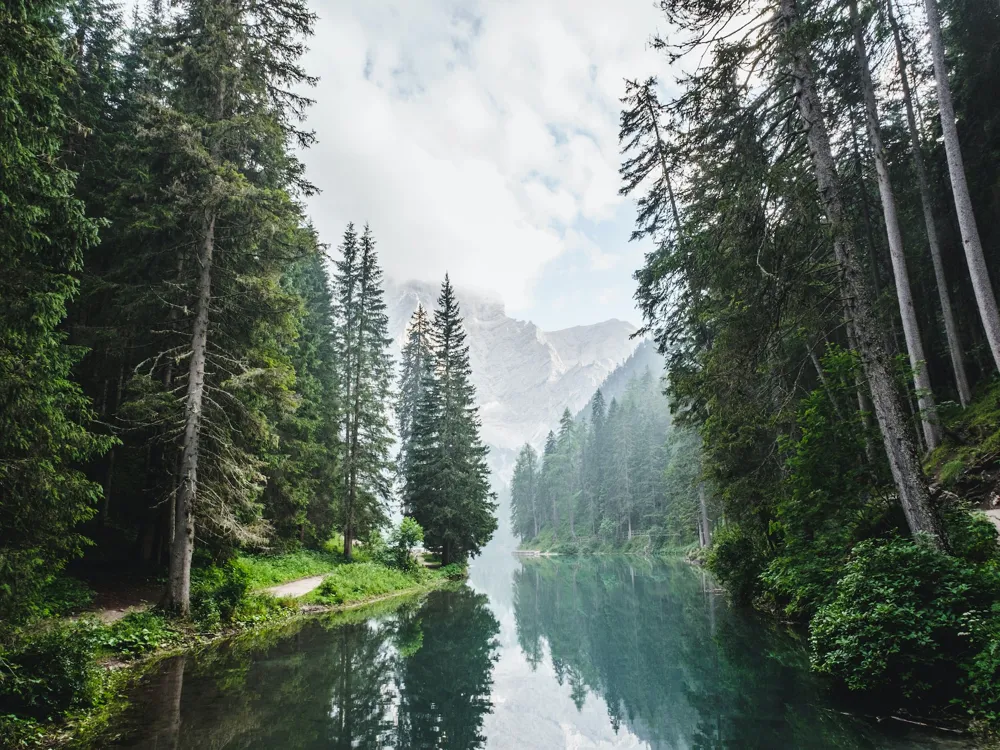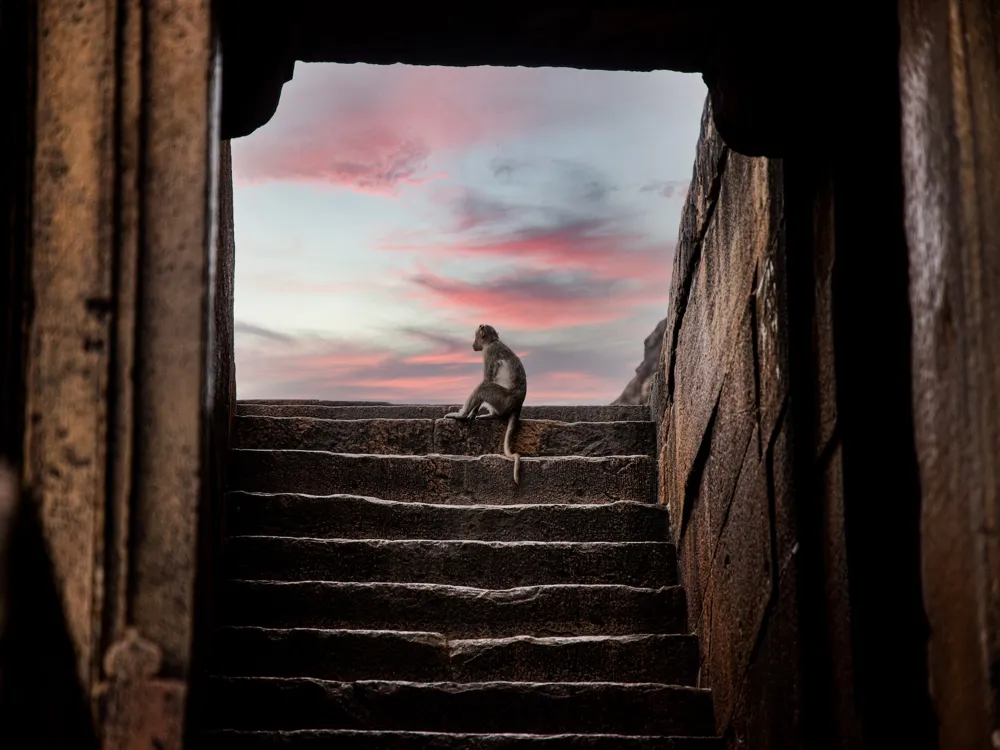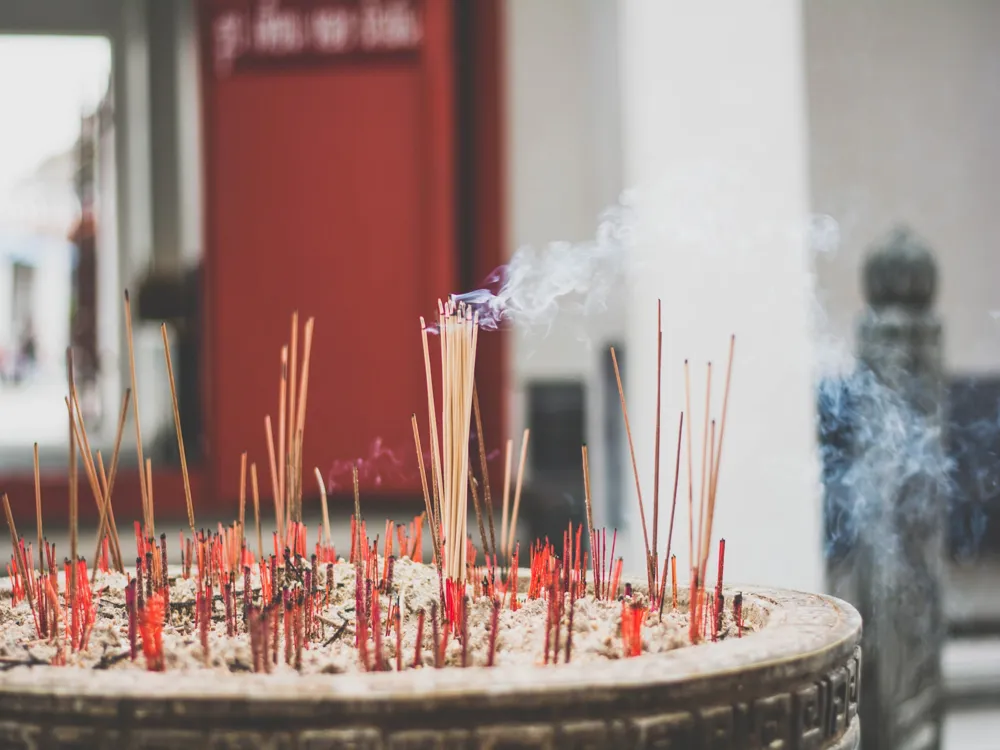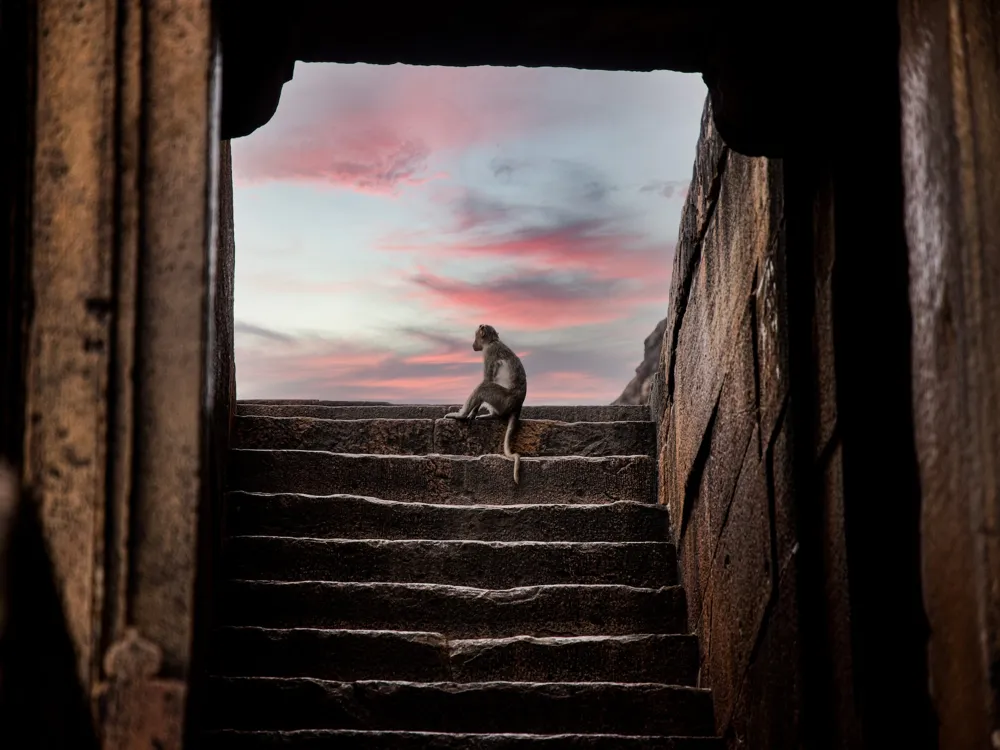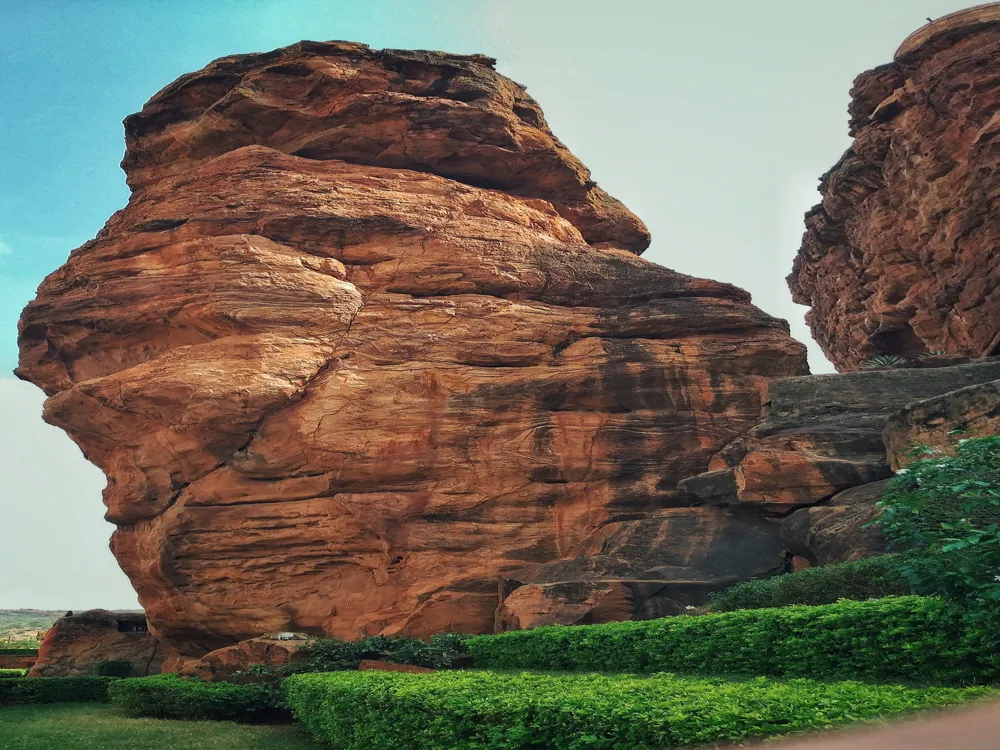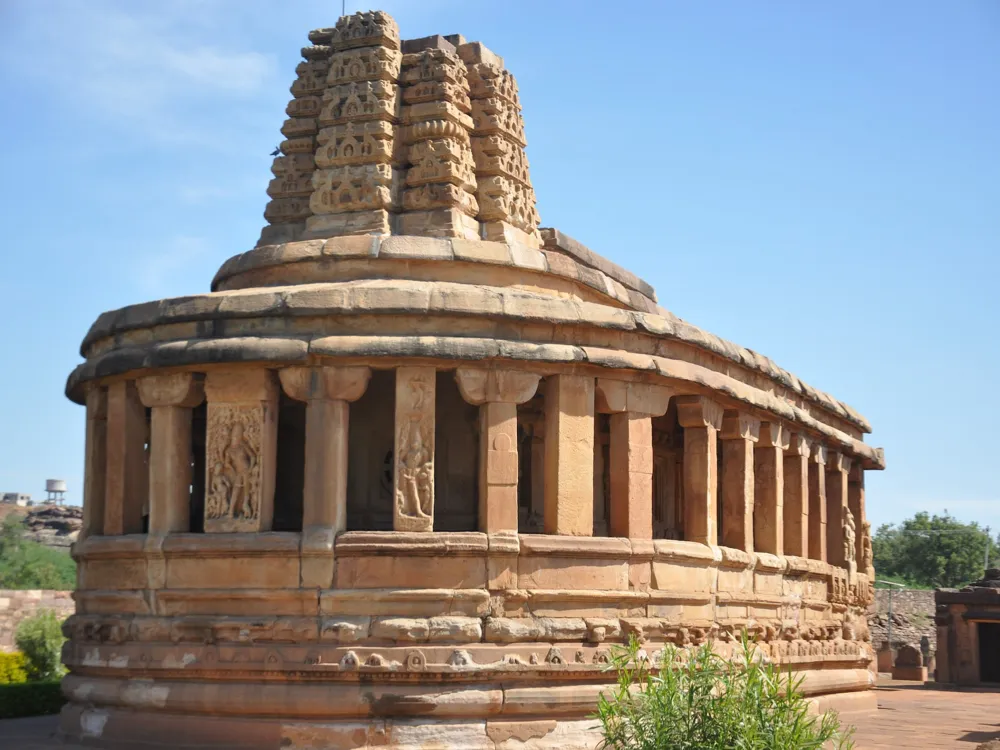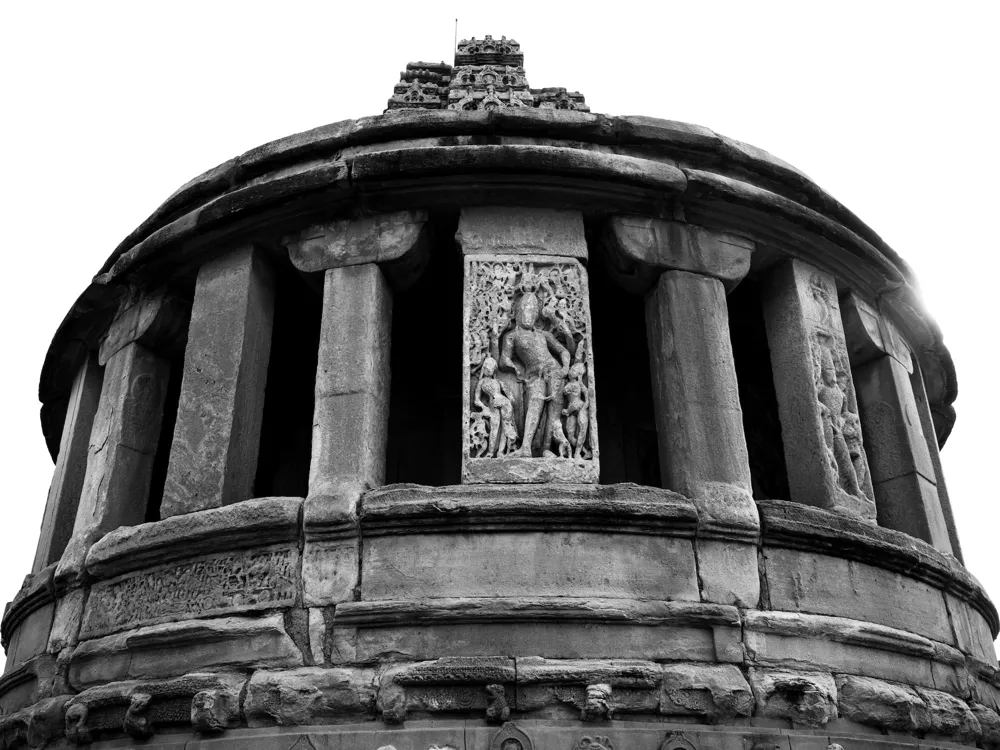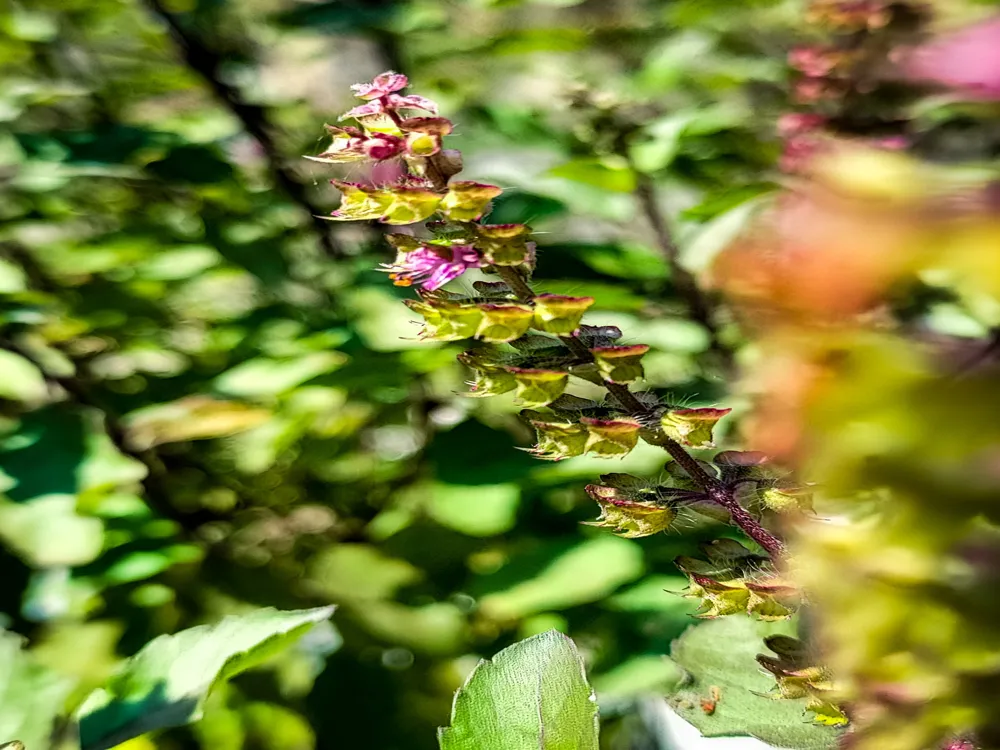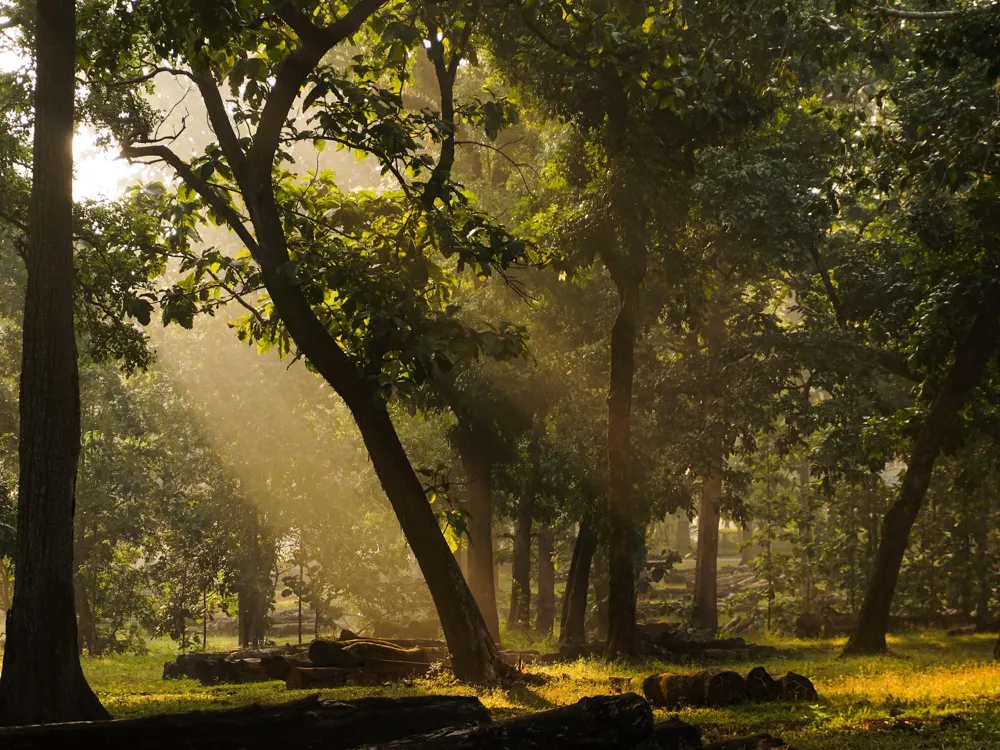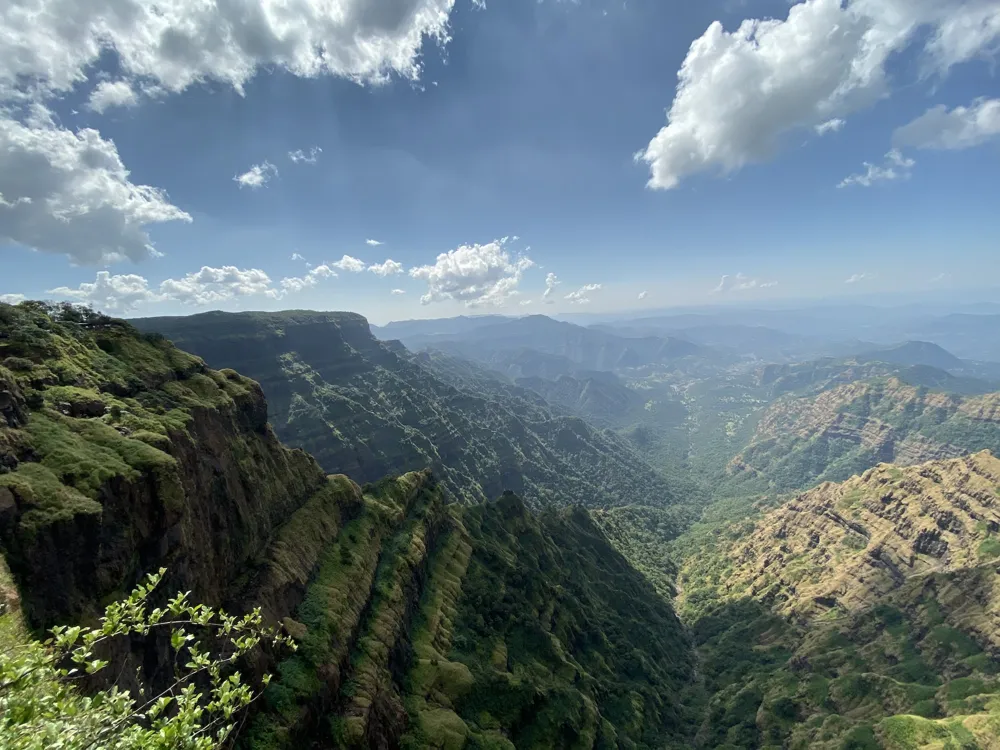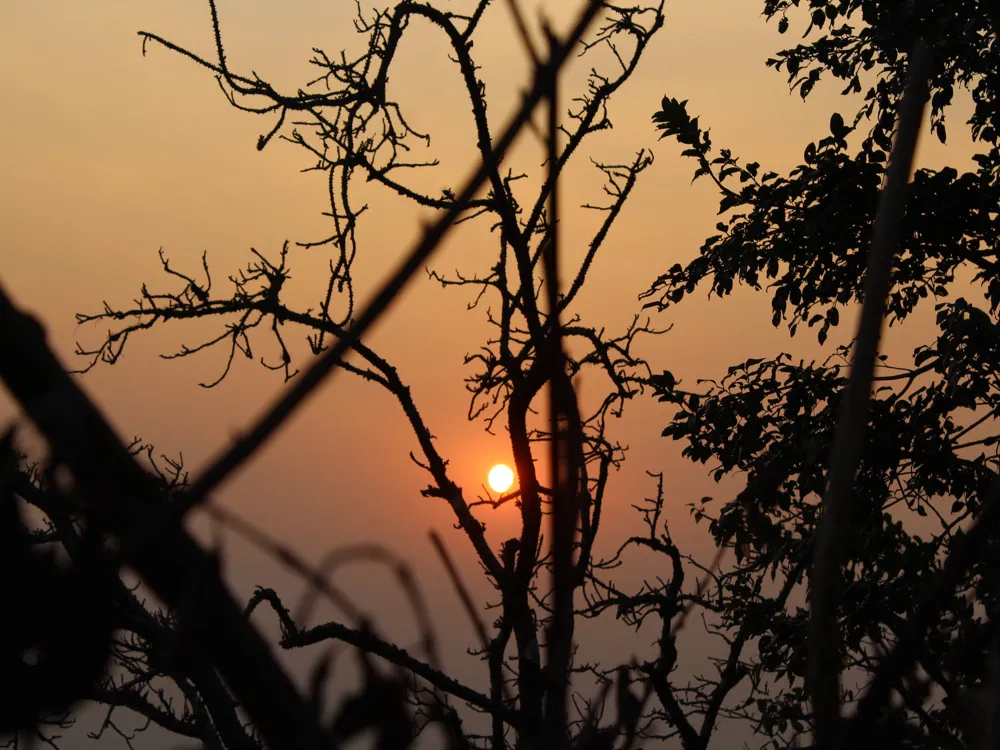The Mahakuta group of temples, a remarkable ensemble of ancient Hindu temples, is located in Karnataka, India. Nestled in a picturesque valley surrounded by hills, these temples date back to the 6th and 7th centuries, marking them as some of the earliest examples of Hindu temple architecture in southern India. This sacred site is dedicated primarily to Lord Shiva and is revered for its historical and spiritual significance. The temples are part of the Pattadakal World Heritage Site and reflect the rich cultural heritage of the Chalukya Dynasty, known for its unique style of architecture that blends North Indian Nagara and South Indian Dravida styles. These temples stand as a testament to the architectural ingenuity of the early Chalukyan era. The site comprises a cluster of temples, each showcasing distinct architectural features. The most prominent among these is the Mahakuteshwara Temple, known for its large Shivalinga. The temples are adorned with intricate carvings, sculptures, and friezes that depict various Hindu deities, mythological scenes, and spiritual motifs. The presence of a natural spring, known as Vishnu Pushkarni, adds to the serenity and sanctity of the location, making it a popular destination for pilgrims and tourists alike. As visitors wander through the temple complex, they are transported back in time, witnessing the grandeur of a bygone era. The stone inscriptions found in the temple complex offer valuable insights into the history and culture of the Chalukyas. This site not only serves as a place of worship but also as a significant historical landmark, showcasing the evolution of temple architecture in South India. The Mahakuta temples are a must-visit for those interested in history, architecture, and spirituality, offering a unique glimpse into the rich cultural tapestry of Karnataka. The architecture of the Mahakuta temples is a fascinating blend of various styles, predominantly reflecting the early Chalukyan design. This architectural style is characterized by its experimentation and innovation, setting a precedent for later South Indian temple architecture. The temples are predominantly built of sandstone, which allows for intricate carving and detailing. The layout of these temples varies, with some featuring a simple sanctuary (garbhagriha), while others include a main hall (mandapa). The roofs are typically tiered and sloping, with some temples showcasing the nascent development of the tower-like structure (shikhara) that became prominent in later South Indian temples. One of the unique aspects of the Mahakuta temple complex is the integration of both Nagara and Dravida architectural elements, representing a fusion of northern and southern styles. The sculptural work on these temples is exemplary, with detailed carvings of deities, mythological creatures, and floral motifs. The walls of the temples feature friezes depicting scenes from Hindu epics, such as the Ramayana and the Mahabharata, as well as scenes from daily life. This not only enhances the aesthetic appeal of the temples but also serves as a medium to convey religious and cultural narratives. The Mahakuta temples are also notable for their open courtyards and pillared halls, which create a sense of space and openness. The use of natural light and shadow in these structures adds to their mystical charm. The overall design of the temples is harmonious, with each element complementing the other, creating a sacred space that is both awe-inspiring and tranquil. Visitors are advised to dress modestly and remove footwear before entering the temple premises. It's important to maintain a decorum that respects the religious significance of the site. The ideal time to visit the Mahakuta temples is between October and March when the weather is pleasant, making it conducive for exploring the complex. Opting for a guided tour can enhance your experience, as guides provide valuable insights into the history, architecture, and mythology associated with the temples. While photography is allowed, it's important to adhere to any restrictions, especially in the inner sanctum of the temples. Interacting with locals respectfully and understanding local customs and traditions can enrich your visit. The Mahakuta temples are accessible via road from Badami, which is well-connected to major cities in Karnataka. The nearest railway station is in Badami, and the closest airport is in Belgaum. Local transportation options like buses and taxis are available to reach the temple complex. Read More:Overview of Mahakuta Temples in Badami, Karnataka
Architecture of Mahakuta Temples
Tips When Visiting Mahakuta Temples
Respecting the Sanctity of the Temple
Best Time to Visit
Guided Tours
Photography Guidelines
Local Etiquette
How To Reach Mahakuta Temples
Mahakuta Temples
Badami
Karnataka
NaN onwards
View badami Packages
Weather :
Tags : Temple
Timings : 6:00 AM - 6:00 PM
Time Required : 1 - 2 hrs
Entry Fee : No Entry Fee
Constructed in : 7th century CE
Planning a Trip? Ask Your Question
Badami Travel Packages
View All Packages For Badami
Top Hotel Collections for Badami

Private Pool

Luxury Hotels

5-Star Hotels

Pet Friendly
Top Hotels Near Badami
Other Top Ranking Places In Badami
View All Places To Visit In badami
View badami Packages
Weather :
Tags : Temple
Timings : 6:00 AM - 6:00 PM
Time Required : 1 - 2 hrs
Entry Fee : No Entry Fee
Constructed in : 7th century CE
Planning a Trip? Ask Your Question
Badami Travel Packages
View All Packages For Badami
Top Hotel Collections for Badami

Private Pool

Luxury Hotels

5-Star Hotels

Pet Friendly







